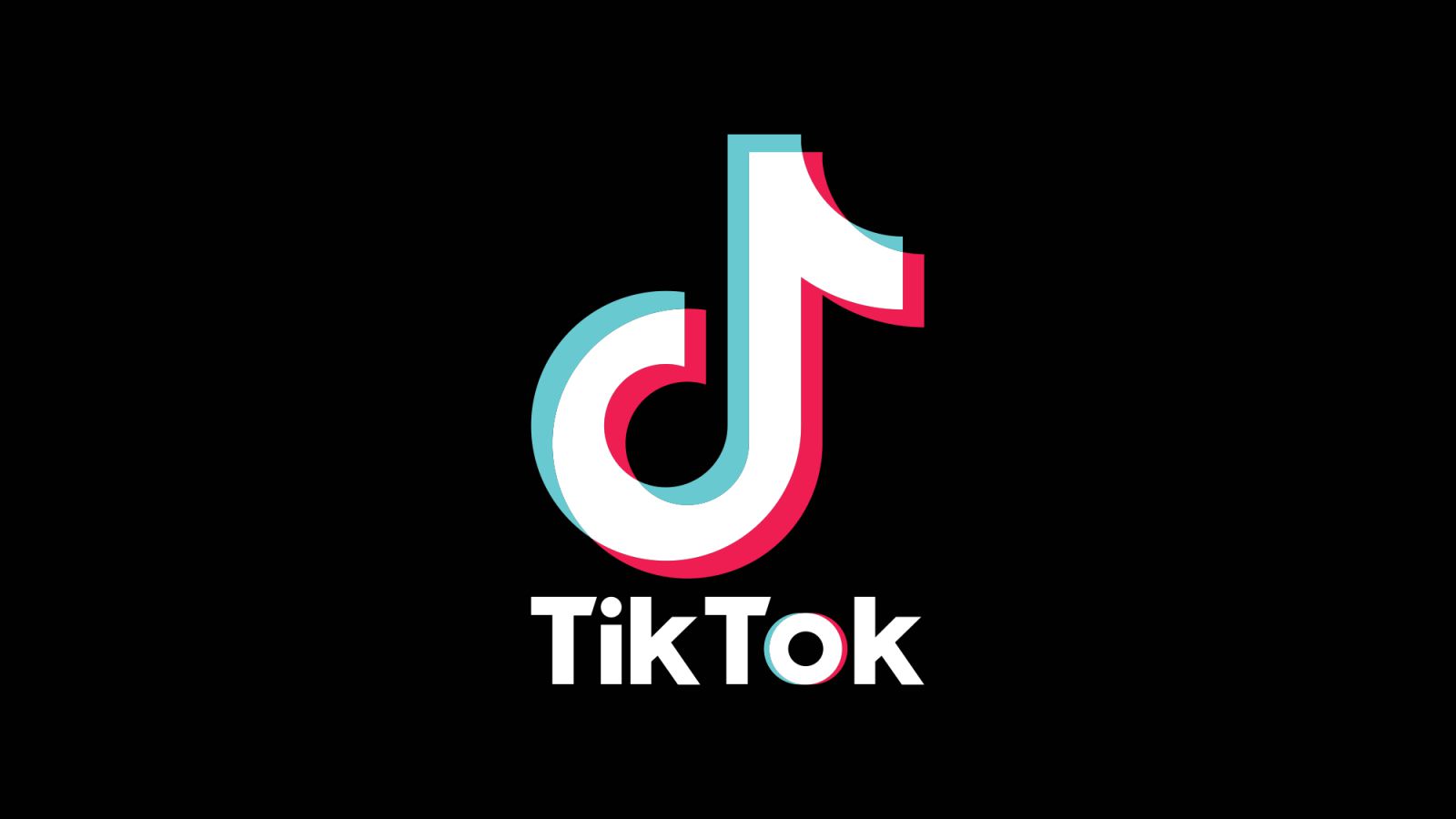The paradox of AI… beyond building out AI infrastructure, is AI profitable?… a potential doom loop to watch out for… but there’s still boomtime ahead… how Luke Lango is playing it
VIEW IN BROWSER
By the time you’re reading this, Nvidia (NVDA) earnings will likely be out.
How the numbers come in – and more importantly, guidance for the quarters ahead – will be pivotal.
After several weeks of pressure on tech and AI stocks, tonight’s results have the potential to either stop and reverse the slide…or accelerate it if Nvidia shows any sign of slowing demand or softer AI momentum.
We’ll be watching the numbers and the after-hours reaction closely. And of course, we’ll break it all down for you in tomorrow’s Digest.
For now, let’s turn to the bigger structural question behind the AI boom. And on that note…
AI has a problem no one is discussing
I’m waiting for someone on Wall Street to highlight this, but so far, no one is touching it…
AI may be fantastic at replacing workers… but AI is terrible at replacing consumers.
It’s the paradox hiding beneath this groundbreaking technology. And when you follow the money far enough through the AI economy, it raises uncomfortable questions about the AI narrative.
Stepping back, in yesterday’s Digest, we walked through the warning about private credit from Louis Navellier, editor of Growth Investor, and Jeffrey Gundlach, CEO of DoubleLine Capital.
But the risk in private credit is just a small part of a bigger, interconnected story. Today, let’s begin to unravel this story by picking up where we left off, exploring how the AI boom is intertwined with the leveraged lending system.
Then we’ll redirect to look at the other end of that pipeline – the revenue side – and explore what happens when we forget that while AI is great at cutting costs, it’s terrible at buying products – and that’s a massive problem.
AI isn’t immune to risks in the private credit sector
As we’ve been tracking in the Digest, the infrastructure behind artificial intelligence requires truly staggering sums of money. This is a historic scale-up of global computing infrastructure that will require trillions of dollars over the next decade.
Some of the largest projects in the world today – such as Meta’s $27 billion Hyperion data center in Louisiana – are being financed not through traditional bank loans but through private credit lenders. And Meta is hardly alone. As the hyperscalers pursue their AI ambitions at full speed, they’ve increasingly been tapping private credit.
The borrowing is justified by one big underlying assumption…
Today’s massive up-front spending will lead to tomorrow’s avalanche of profits from AI initiatives.
So far, few people have raised concerns about this because the entities doing the spending – basically, the Magnificent Seven stocks – are the most cash-rich corporations in history.
Now, because the infrastructure spending is very real, the companies receiving that money – Nvidia (NVDA), Broadcom (AVGO), chip suppliers, data-center builders – are reporting very real, very large profits. To many investors, this confirms the AI boom is “real.”
But infrastructure supplier profits are not the same thing as long-term ROI for the hyperscalers themselves. The massive cost side of the AI equation is clear. The revenue side is still extremely blurry.
On that note here’s Axios from last month:
It remains unclear how all that debt will be paid back: AI is not making any money (yet), and each new chip cycle brings costly upgrades.
This financing binge could pop the AI bubble.
Which brings us to the first uncomfortable part of the story.
Beyond profits for infrastructure builders, does AI math pencil out?
What do you pay for AI today?
For ChatGPT Plus, Claude Pro, Gemini Advanced, and so on, maybe $20 a month? Or maybe you don’t even pay.
Now, hyperscalers do not expect $20 chatbots to cover the cost of their trillion-dollar infrastructure investments. They expect the real payoff will come from enterprise AI adoption – corporate customers paying tens of thousands of dollars a month (or more) to integrate AI across their entire workflows.
But here’s issue #1…
So far, even when you include the early enterprise revenue, the revenues coming in are tiny compared to the capital going out.
From a different Axios article:
MIT researchers studied 300 public AI initiatives to try and suss out the “no hype reality” of AI’s impact on business…
95% of organizations found zero return despite enterprise investment of $30 billion to $40 billion into GenAI, the study says.
The “real” AI value proposition – the one after this infrastructure buildout phase – is murky at best. Revenue remains tame compared to the firehose of spending. So, unless AI monetization grows far beyond today’s numbers, the math becomes increasingly strained.
And remember, because a meaningful portion of the buildout is financed through private credit, any revenue disappointment doesn’t just affect hyperscaler earnings. It could feed back into the credit system, creating a domino effect of pain:
- If AI spending slows, liquidity tightens…
- If liquidity tightens, refinancing becomes harder…
- If refinancing becomes harder, capex slows…
- Lower capex leads to slower earnings growth…
- Slower earnings growth drags down the market’s valuation multiples…
- Lower market valuation multiples ding stock prices…
- Lower stock prices create panic in Upper-K investors who sell, accelerating the unwinding of the wealth effect
I’m not predicting a collapse. I’m recognizing that a highly leveraged boom assumes highly reliable future cash flows – but those cash flows are not a certainty.
Now, let’s pivot to issue #2 – the deeper, more complex question that almost no one wants to confront…
The risk of excluding Lower-K Americans from the economy
As noted above, the hyperscalers don’t plan to make trillions of dollars from chatbots. Rather, they’re banking on million-dollar contracts with Fortune 500 companies.
But that thesis rests on some very large assumptions. Here are three:
- The enterprise adoption will be enormous
- The AI tools that companies buy will generate measurable, solid ROI
- AI won’t be commoditized into a low-margin utility like cloud storage or broadband.
All possible – but not guaranteed.
As of today, outside of the companies on the receiving end of the hyperscaler firehose of money, most businesses experimenting with AI still can’t show a clean bottom-line return.
Yet even if those assumptions do play out exactly as the bulls expect, we run straight into an even bigger, more foundational issue – the one that surfaces when you follow the money one layer deeper:
Where do the enterprise customers get the revenue to pay the hyperscalers for all this AI?
I’m talking big picture – across the next decade.
When you trace that revenue pathway back to its origin, you land in the same place every time…
The U.S. consumer.
And that’s where today’s closed-loop economy may come back to haunt us.
What AI can’t do well – consume
The bullish narrative around AI’s enterprise value focuses on cost savings – and those savings are real. AI doesn’t demand raises. It doesn’t need health care. It doesn’t go on strike or take vacation…
From a corporate cost structure standpoint, AI is an efficiency dream.
But there’s a problematic flip side…
AI doesn’t buy anything.
In other words, AI doesn’t drive consumption – and consumption is still nearly 70% of U.S. GDP.
So, let’s follow a new potential doom loop:
- If AI reduces the need for human workers in large enough numbers, we are implicitly reducing wage income for a significant portion of consumers…
- If consumer income weakens, consumer spending weakens…
- If consumer spending weakens, corporate revenues weaken…
- If corporate revenues weaken, enterprise software budgets weaken…
- And if enterprise budgets weaken, cloud and AI spending weakens – the very spending hyperscalers depend on to justify their infrastructure.
This ties into the “closed-loop economy” we’ve been discussing: the cycle in which AI boosts productivity, companies need fewer workers, profits rise, more money flows to AI, and even fewer workers are needed – all while the consumer base becomes less central to economic growth.
“But Jeff, I remember a recent Digest when you wrote that the top 10% of American earners were spending as much as the rest combined! You’re being inconsistent!”
That stat is true – but it doesn’t apply evenly across all categories of the economy.
Yes, the Upper-K consumer can support high-margin discretionary spending – travel, restaurants, even big-ticket items like homes and cars. In those areas, one wealthy household can spend as much as several middle-income households.
But there are enormous parts of the real economy where demand cannot be concentrated among the top 10%.
The wealthiest Americans can’t eat ten meals a day… or buy forty times the amount of deodorant, detergent, or toothpaste… or pay for thirty streaming subscriptions…
Bottom line: Wealth can concentrate – but consumption can’t.
Stepping back from the doom-and-gloom
Let’s be measured…
History gives us plenty of reasons for optimism.
Technological revolutions have a way of creating entirely new job categories no one could have predicted…
The top tier of U.S. consumers – the “Upper K,” as I often refer to them – has enormous spending power and continues to anchor demand…
Governments can soften transitions through transfers, taxes, and safety nets…
And the global middle class remains a massive and growing consumer base for U.S. companies.
But…
AI is different than past technological breakthroughs. Its ability to replace – well, just about all of us – creates a fundamentally different type of technology adoption curve. It’s one that shifts the balance between labor, capital, and consumption in ways we need to monitor carefully.
This is precisely why our macro expert Eric Fry, editor of Fry’s Investment Report has been focused on what he calls “AI infrastructure plays with pricing power” – companies that can maintain margins even as AI commoditizes.
This is a lengthy Digest, so I won’t go into all the details, but to help investors navigate what to sell – and where to reinvest profits – Eric recently released a “Sell This, Buy That” research package.
It lays out which AI (and non-AI) plays still have the earnings strength to thrive in today’s AI economy. You can see three tickers – free of charge – in Eric’s special report here.
Another portfolio action step to consider
Despite the long-term issues I’ve highlighted today, the next 12 to 18 months or so are likely to be a period of booming profits for AI infrastructure companies.
Hyperscalers have immense resources and powerful incentives to continue expanding. Capex pipelines are massive and growing. AI infrastructure orders are accelerating. And many businesses are in the early stages of exploration, which tends to drive continued spending.
So, this is still a moment of opportunity – even as we keep an eye on the underlying structural red flags out on the horizon. And this brings us to our hypergrowth expert, Luke Lango, editor of Early Stage Investor.
Luke has spent the past several months in Silicon Valley meeting with the engineers and founders behind the next AI wave.
His conclusion is that we are entering what he calls the “Hyperscale Revolution,” a period in which digital-first companies can scale revenues exponentially without physical assets limiting their growth. Think early Shopify or Copart – but now amplified by AI.
Luke believes one small company (in a completely unexpected sector) could become the next “Amazon of its industry” as AI reshapes every corner of the economy.
We’ll have more on that company from Luke next week. This is just a heads-up to keep your eye out.
Wrapping up
The explosion of AI capex – much of it financed through private credit – is real, spectacular, and enormously profitable for the companies supplying the infrastructure.
And despite our recent jittery market, the next 12–18 months could continue to deliver outsized gains as the hyperscalers race to build the digital backbone of the next era.
But long-term profitability depends on something we seem to be forgetting…
A healthy, well-funded consumer.
Bottom line: AI can automate, optimize, and replace – but it cannot spend.
So, as our economy leans harder into automation and robotics, funded by massive spending and heavy private credit borrowing, perhaps it’s time we ask an uncomfortable question…
With AI, are we unwittingly sawing off the economic tree branch that we’re sitting on?
Have a good evening,
Jeff Remsburg










